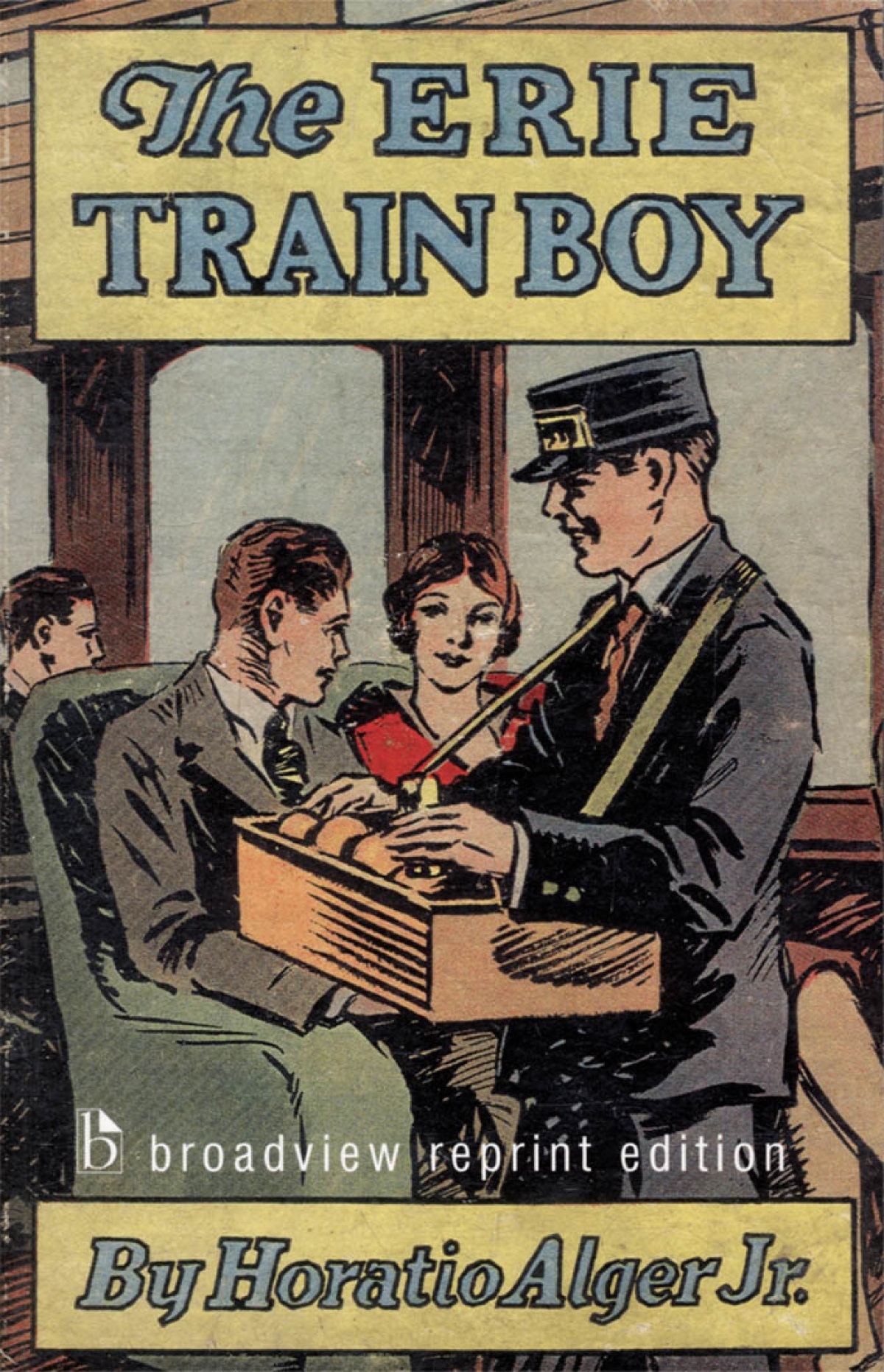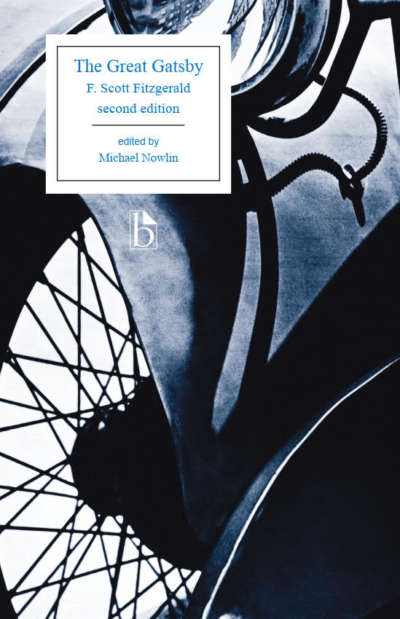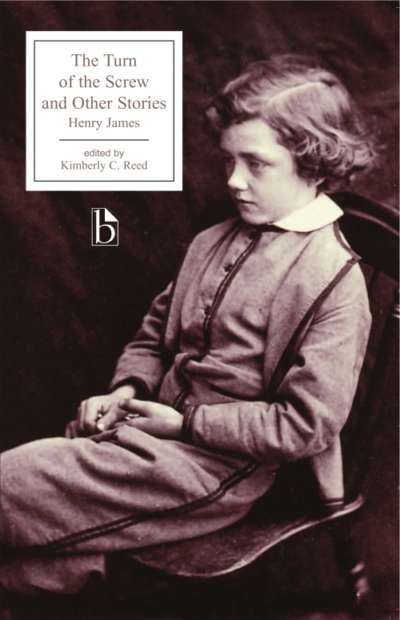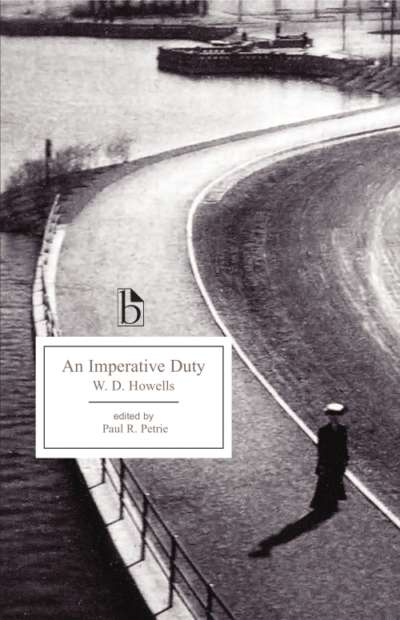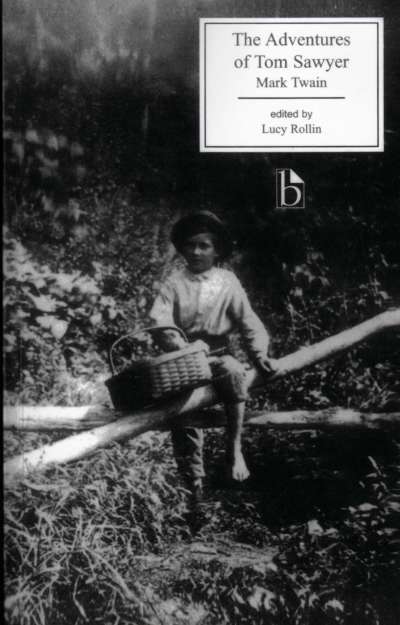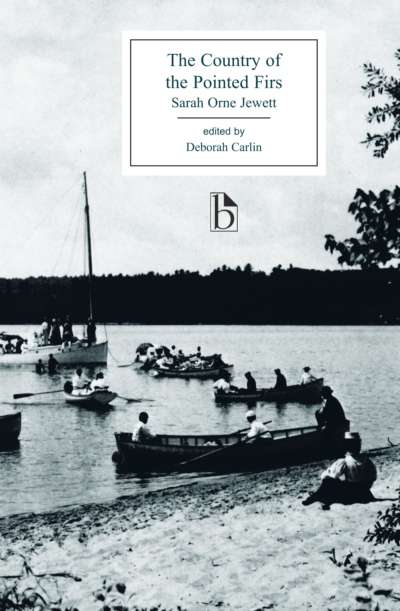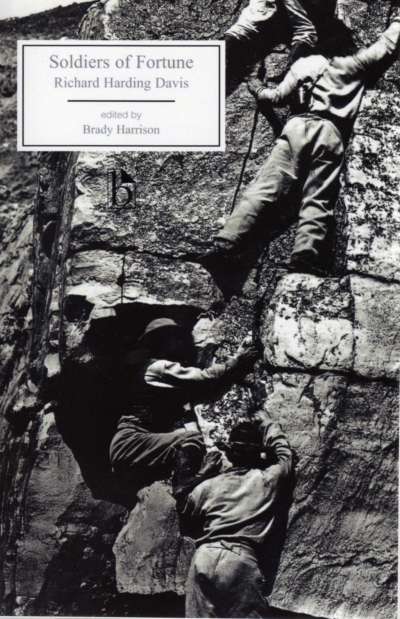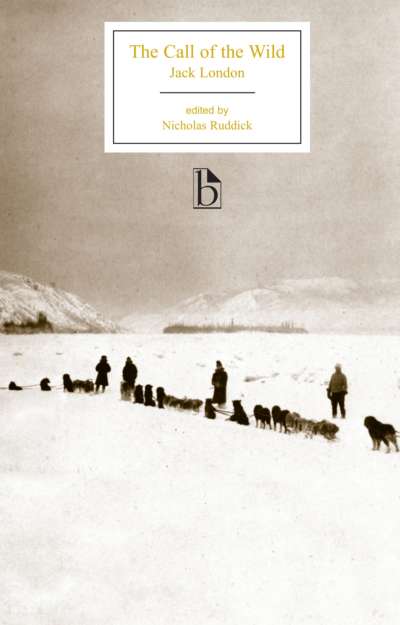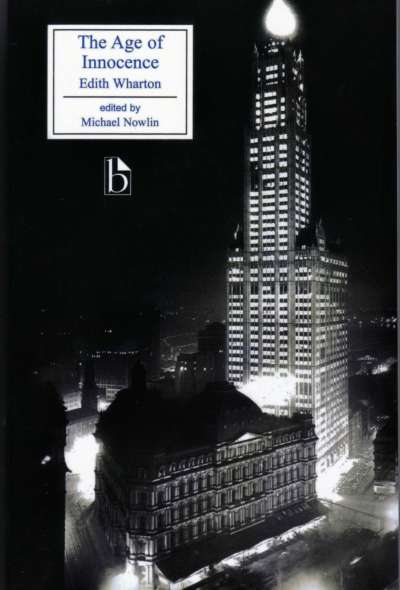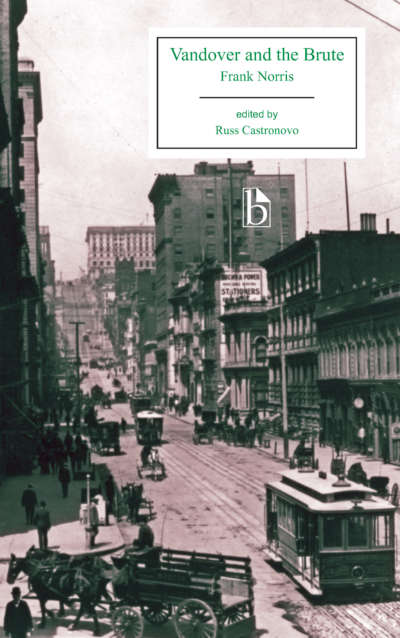
From the publication of Ragged Dick in 1867 through to the 1930s, Horatio Alger’s tales of young boys overcoming adversity were part of the mainstream of American culture. The phrase “a Horatio Alger story” remains synonymous with the American ideal of struggling against adversity and finally achieving success, financial and otherwise—but especially financial.
As Michael Moore says in Dude, Where’s My Country?, “Alger was one of the most popular American writers of the late 1800s. … Alger’s stories featured characters from impoverished backgrounds who, through pluck and determination and hard work, were able to make huge successes of themselves in this land of boundless opportunity. The message was that ‘anyone can make it in America, and make it big.’” Ironically, however, it is typically chance and good luck that is most instrumental in bringing success to the typical Horatio Alger hero, hardworking and deserving though he may be. And often the ideal of egalitarianism features just as prominently as that of rugged individualism.
In all these respects, The Erie Train Boy (1890) is typical of the genre. For a number of reasons, however, it is among the most interesting of Alger’s many novels. Fred Fenton is the Erie train boy, a young lad selling sundries on the trains traveling north from New York and through this work supporting his mother and siblings as the family struggles to survive in a New York tenement house. The story eventually unfolds in a more or less mechanical fashion, but along the way we are shown a world of confidence men and pickpockets, of cheap boarding houses and railway hotels, and of a good deal of the grit of life in late nineteenth-century America. We are given sensation—from Fenton rescuing a young woman whose dress has caught fire from the footlights in the midst of a performance, to a saga of stolen bonds secreted near a Quebec village, to an episode of thievery at Niagara Falls, and finally to a scheming uncle and a parcel of land in Colorado. We are given as well a great deal of detail about the social and economic life of the times; Alger pays attention to wages and prices perhaps more than any other writer of the period. All in all, The Erie Train Boy is among the most far-reaching and most interesting of Horatio Alger novels.
The different editions of Alger’s novels reflected as much as they shaped American culture in the late nineteenth and early twentieth centuries. Later editions of the novels were often shortened. This made them more of a “quick read,” but in many cases the material selected for excision was ideologically charged; descriptions explicitly or implicitly critical of the privileged classes were disproportionately likely to be cut. In this respect, too, The Erie Train Boy is an interesting example of the genre; later editions cut a considerable amount of material from the original.
In addition to providing the text itself, this Broadview reissue endeavors to make something of its cultural history available for readers. The copy text is that of the early edition published by M.A. Donahue & Company, collated against the A.L Burt Company edition from the 1890s; both of these include the complete Alger text. The text has also been collated, however, against the edition published by the Whitman Publishing Co. circa 1920—an edition that was considerably abridged, though no acknowledgment of this was made in the volume itself—and an appendix provides full information on the changes made for this later edition. Readers will thus be able to trace the ways in which the text was altered through abridgement. Also included as an appendix to the volume are cover illustrations and advertisements from all three editions.

